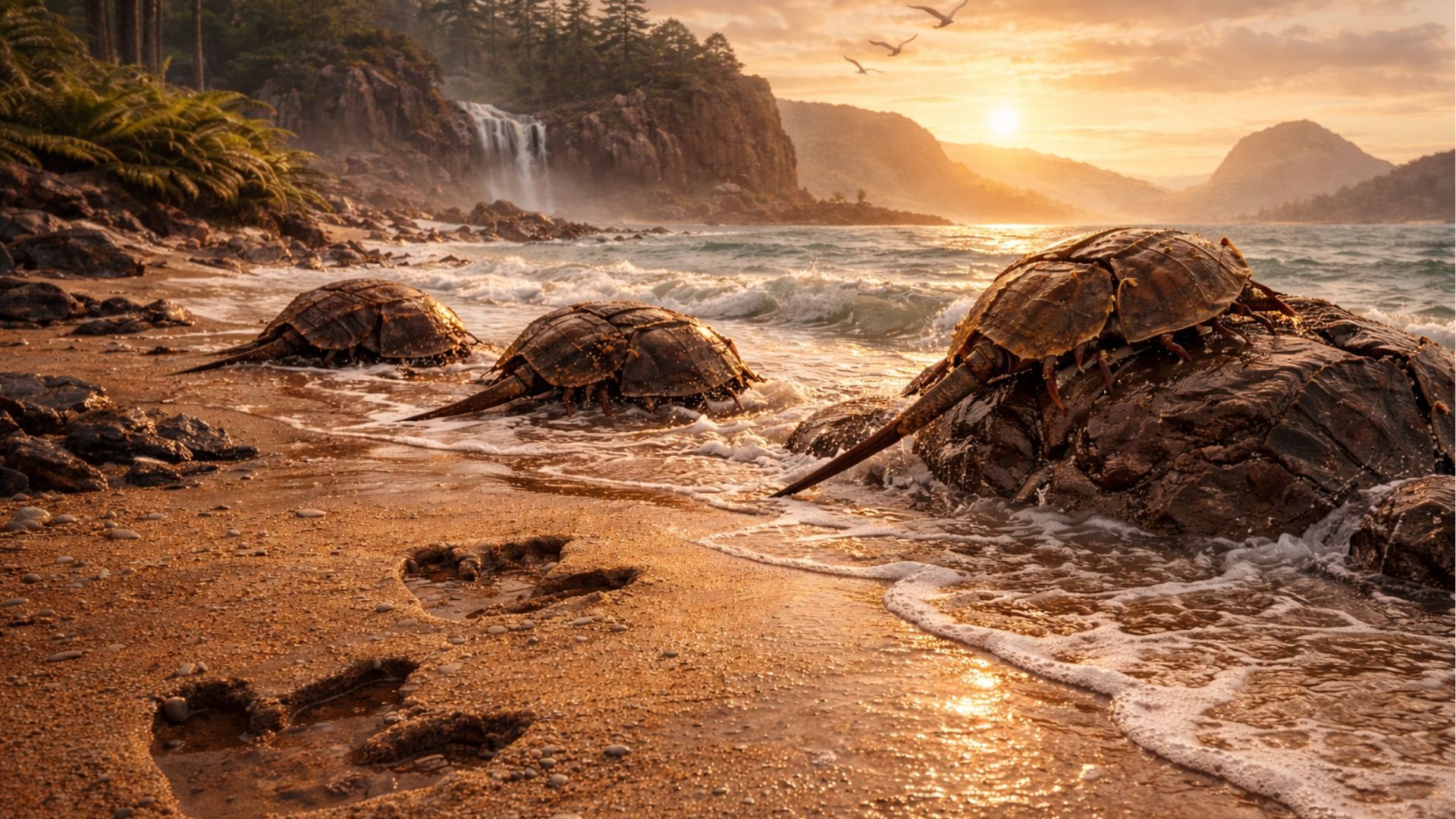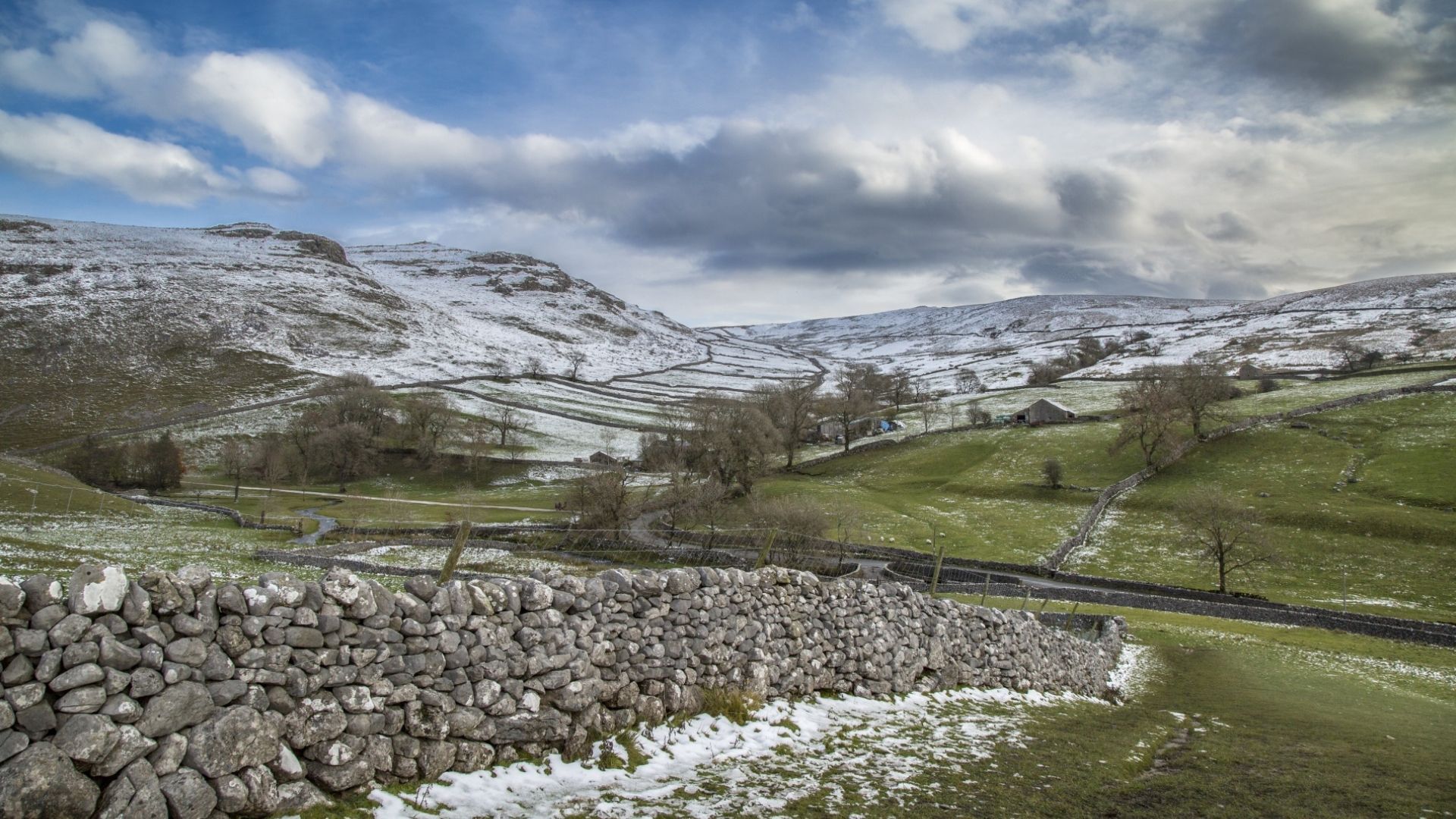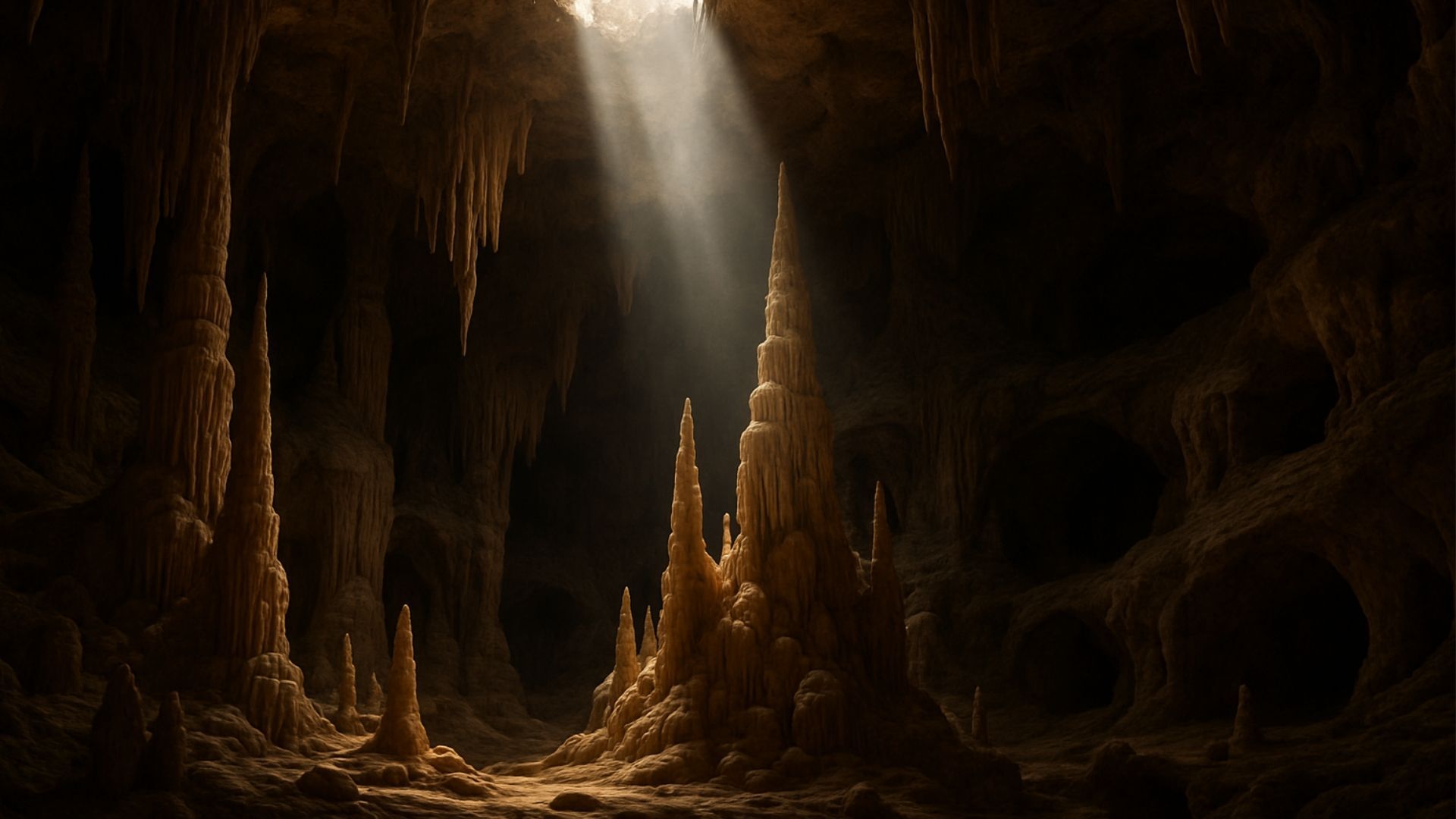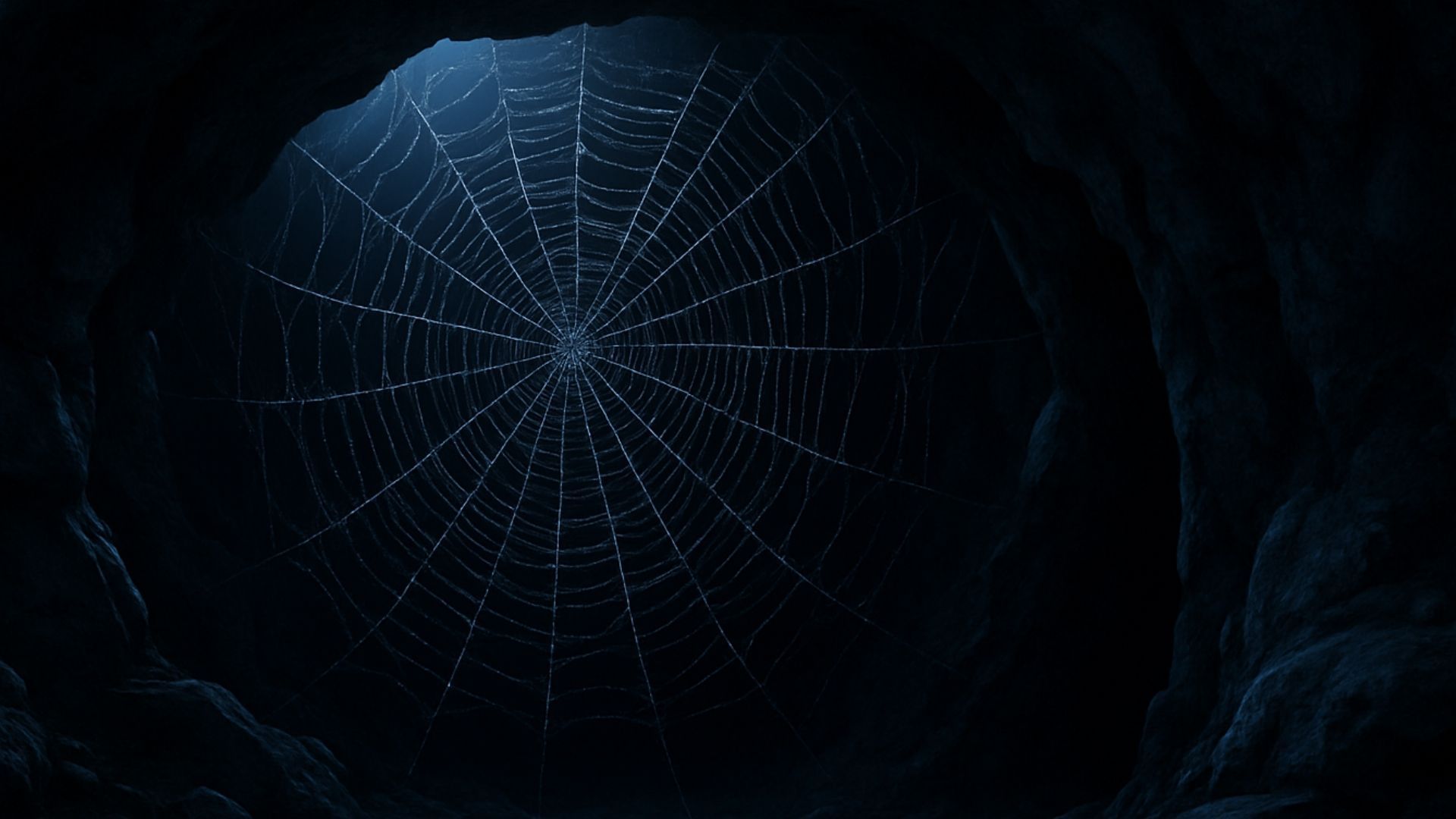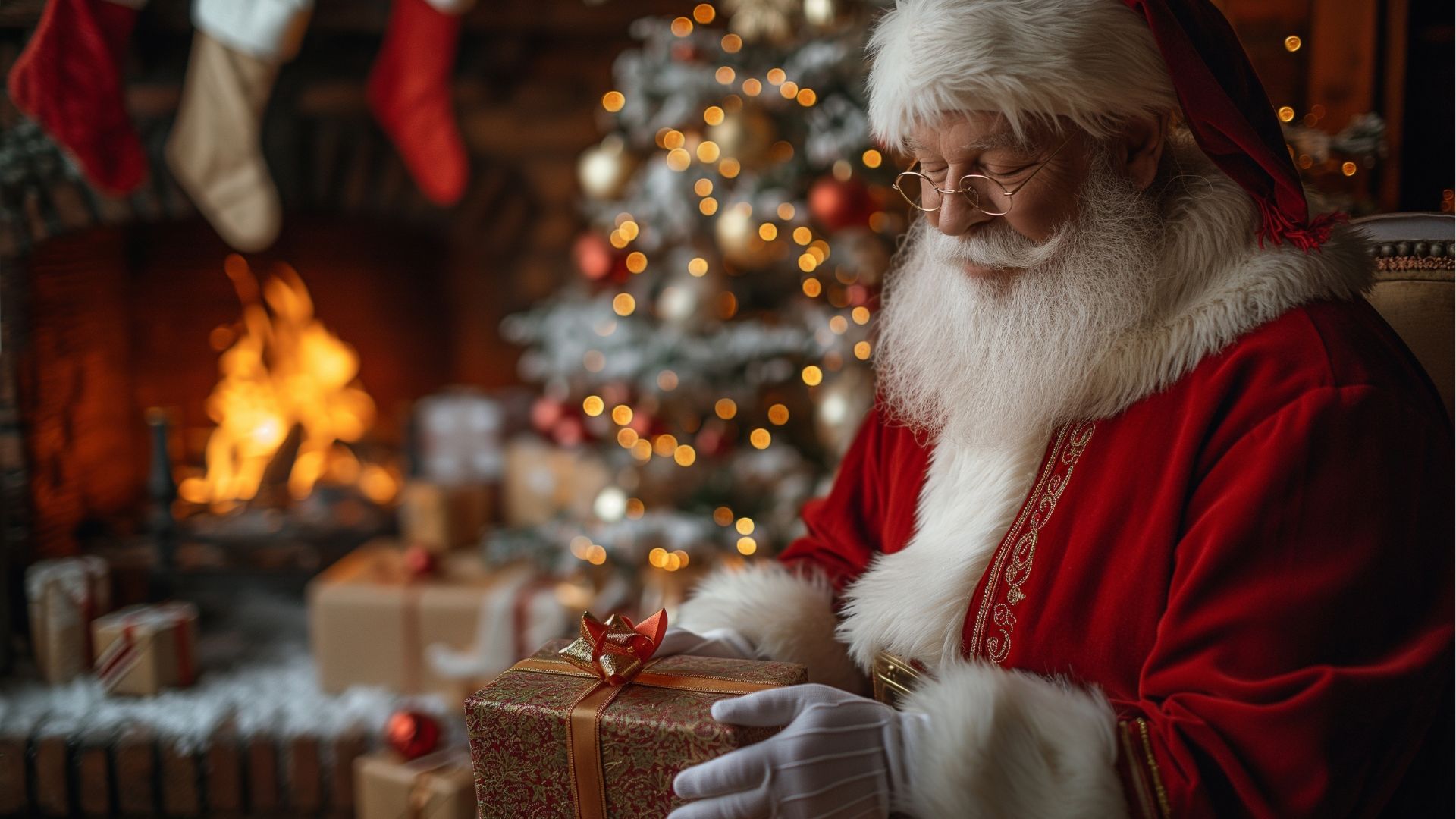Love rocks and minerals? Learn how to find sparkly geodes in the UK – and how to crack them open!

Whether you're a young geologist in the making or a grown-up rock fan who loves sparkly stones, there's nothing quite like finding a geode. They're one of nature's best surprises.
On the outside, they look like plain old rocks. Crack one open, however, and you might reveal a hidden world of dazzling crystals inside.
Here at Stump Cross Caverns, we think geodes are fascinating. That's why we're running a series of educational events about geodes, gems, and the science of crystals. More on that later.
In the meantime, let's dig into where geodes come from and share some tips and tricks on how to spot them. We also look at spots in the UK where you might just be lucky enough to find one.
What are geodes?
A geode is a rock with a secret. On the outside, it might look like any other ordinary rock – rough, round and grey. Not much to shout about.
But on the inside, it could be lined with beautiful crystals like quartz, calcite or amethyst. These crystals form naturally over thousands – or even millions – of years.
Geodes form in two main ways. The most common type forms in volcanic rock when bubbles of gas get trapped in cooling lava. Over time, mineral-rich water seeps into the empty pocket. As the water evaporates or cools, the minerals begin to crystallise on the walls of the cavity.
Other geodes form in sedimentary rock, such as limestone or shale. This happens when hollow cavities are left behind by organic materials like shells or tree roots that have decayed away. These voids then become lined with minerals over time in much the same way as volcanic geodes.
The types of minerals that form depend on the content of the water and surrounding rock. Some crystals grow just a few millimetres, while others form impressive long spikes or clusters.
How long does it take?
Geodes don't appear overnight. The growth process of the crystals is extremely slow – often taking tens of thousands to millions of years. It depends on their size, their environment and the conditions under which they formed.
Every geode is unique, like a natural lucky dip. You'll never know what's inside until you open it. The mystery is a big part of the magic!
Can you find geodes in the UK?
The short answer: yes! However, they're not as common here as in some other parts of the world.
Places like Brazil, Mexico and the USA (especially the southwestern states) are famous for their huge, glittering geodes. That's because the conditions there are ideal for geode formation, with lots of volcanic activity and the right types of rock.
While geodes in the UK might be rarer, they're not impossible to find. We do have volcanic and sedimentary rocks, especially in areas with a rich geological past.
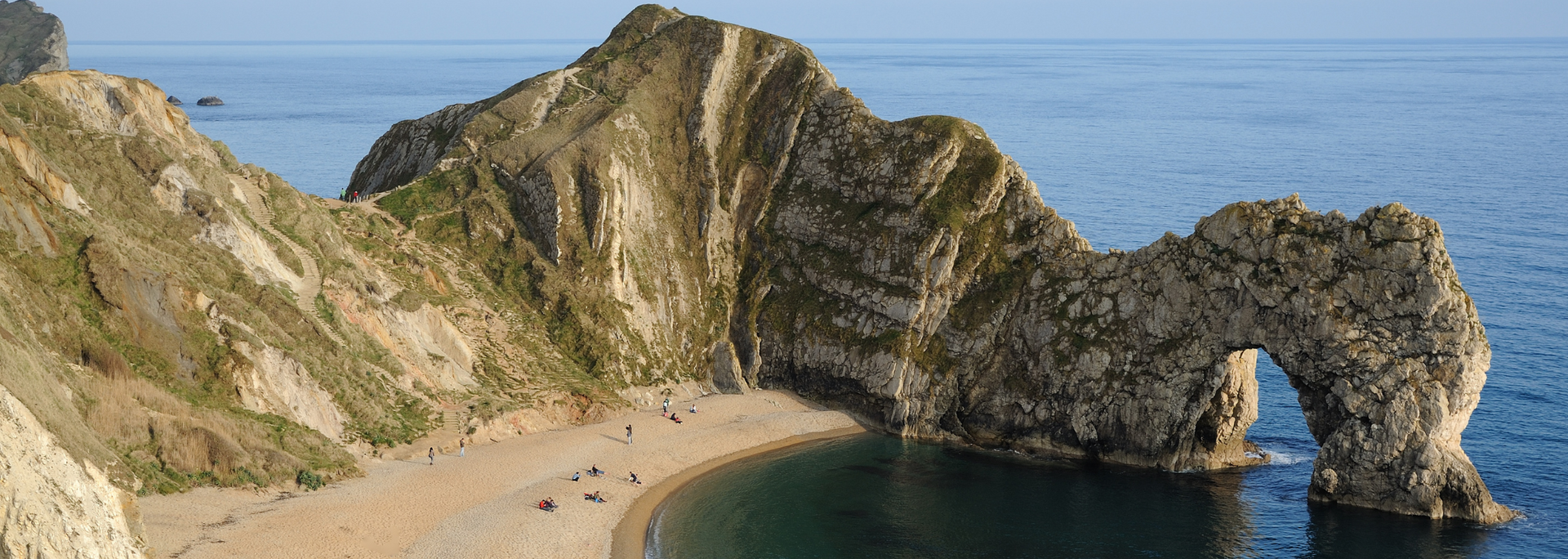
Here are a few known hotspots where lucky hunters have discovered geode-like formations or crystal-filled nodules:
- The Isle of Skye in Scotland: famous for its ancient lava flows, this rugged island has produced some geode-like rocks containing quartz and agate.
- Dorset and the Jurassic Coast: this UNESCO World Heritage Site is rich in fossils and sedimentary rocks. While true geodes are less common, you might find septarian nodules or mineral-filled concretions, which are close cousins.
- The Peak District and parts of Yorkshire (including around the Yorkshire Dales): these areas are known for interesting mineral deposits – especially calcite, fluorite and quartz, which sometimes form inside nodules.
Your best bet for finding geodes is to explore old volcanic areas or around sedimentary rocks near ancient hot springs.
Don't forget to check local rules and protected sites. Collecting rocks isn't allowed everywhere, especially in National Nature Reserves or Sites of Special Scientific Interest.
Tips for spotting geodes
Geodes are good at hiding – in fact, on the outside, they can look deceptively plain. Here are a few clues that might help you spot one:
- They're roundish or egg-shaped. Geodes often form in bubbles, so they usually look rounder than most other rocks.
- They feel lighter than they look. A geode is hollow or partly hollow inside, so it won't feel as heavy as a solid rock of the same size.
- They might have sparkly hints. If you're lucky, you might catch a glimpse of a crystal through a tiny crack or thin patch on the surface.
If you think you've found one, don't smash it right away! Keep reading…
How to open a geode (without smashing it to bits)
It might be tempting to grab a hammer and go full caveman – a potential geode is an exciting prospect.
But wait! Geodes are much more delicate than they look. Whacking them too hard in a rush to reveal the treasure within could ruin the crystals.
Here are a few gentler methods:
- Use a geode cracker. This tool applies slow, even pressure to split the geode neatly.
- Try the sock-and-hammer method. Pop the rock inside an old sock, place it on a firm surface and give it a few light taps with a hammer. Don't go too hard – patience is key.
- Ask an expert. Bring your find to a local geology group, museum or an event (like ours!). Someone there might be able to help you open it carefully.
Whatever you do, wear safety goggles. Tiny bits can fly off and get into your eyes if you're not careful.
Rock-collecting etiquette
Before you head off on your own geode-hunting adventure, remember these simple rules:
- Always check land access. Don't collect rocks on private land without permission.
- Leave no trace. Don't dig big holes, damage the environment or leave any litter behind.
- Collect responsibly. Just take one or two small rocks. Leave the rest for others to enjoy and to keep nature beautiful.
Dig into geodes at Stump Cross Caverns
If you don't fancy scrabbling around hillsides hoping to find a geode (or you just want to learn more about them), you're in luck.
Here at our caves in Yorkshire, we're running Crystal Wonders – a new workshop all about geodes and gems. It's perfect for curious kids, families, and anyone who loves the natural world.
You'll learn more about where crystals come from, learn to identify real crystals and even have a go at growing your own. It's the perfect way to inspire young explorers.
Ready to celebrate all things sparkly? It's easy to bookyour spot online.

